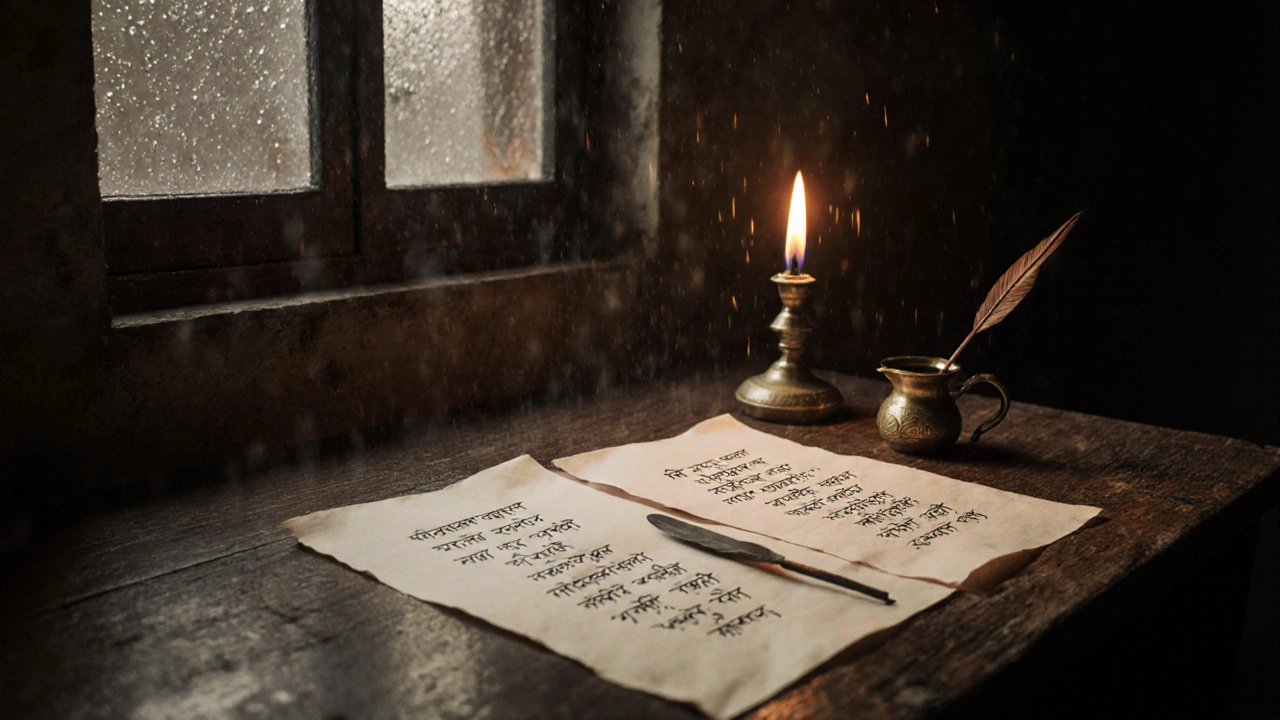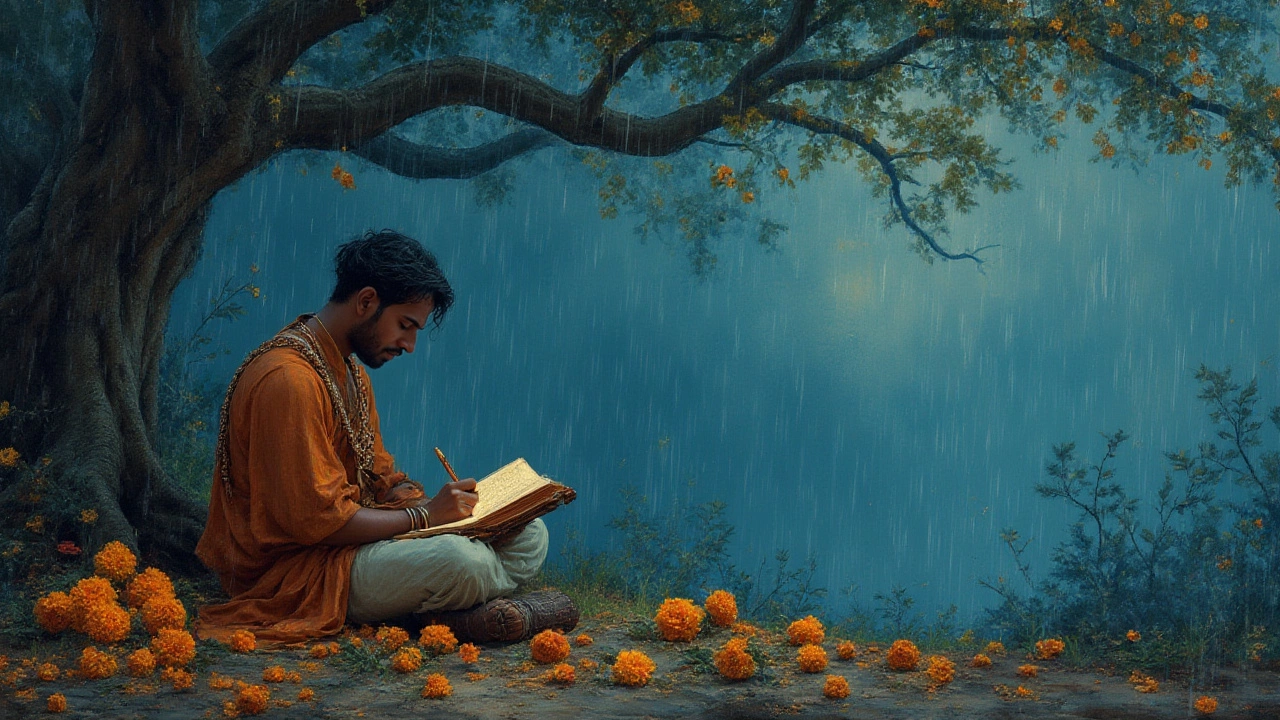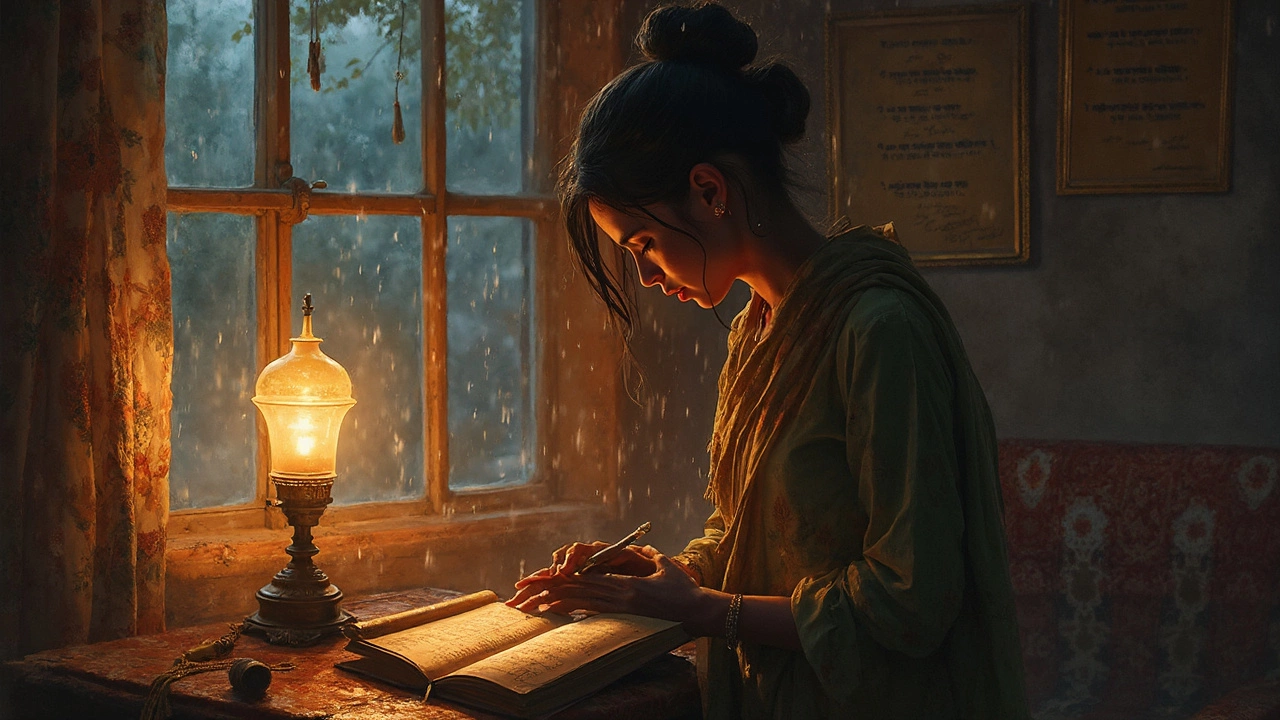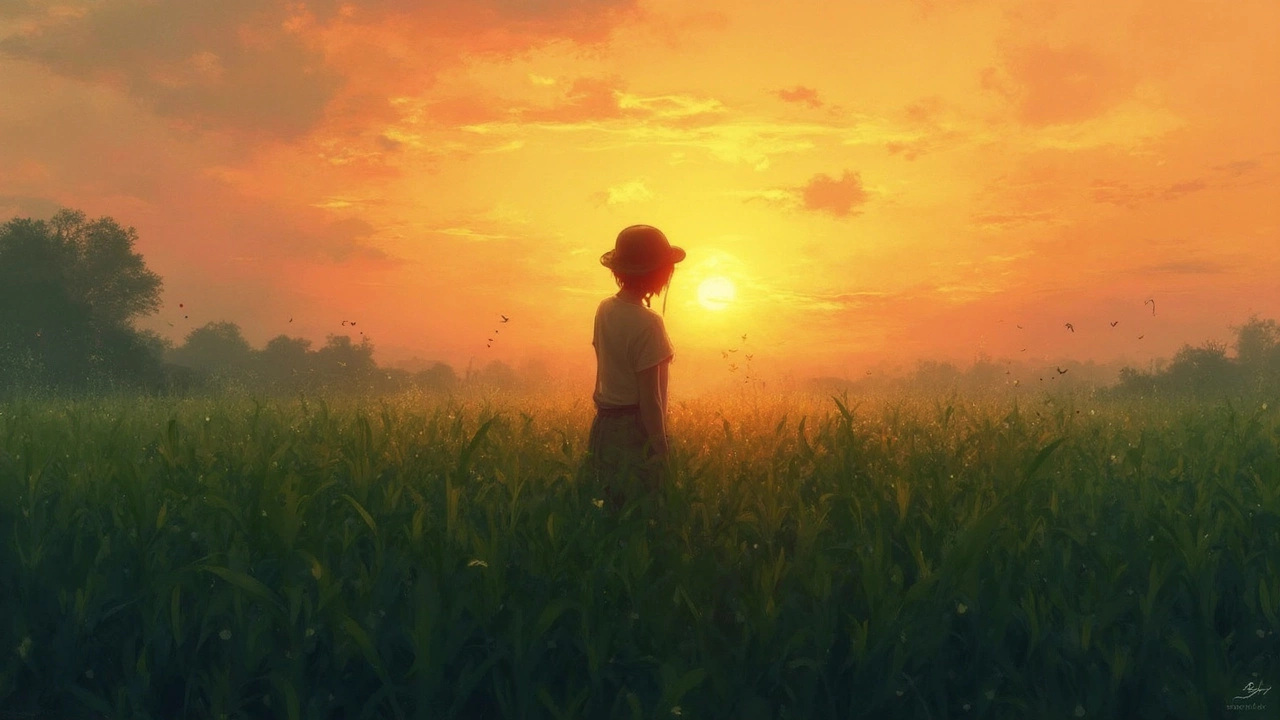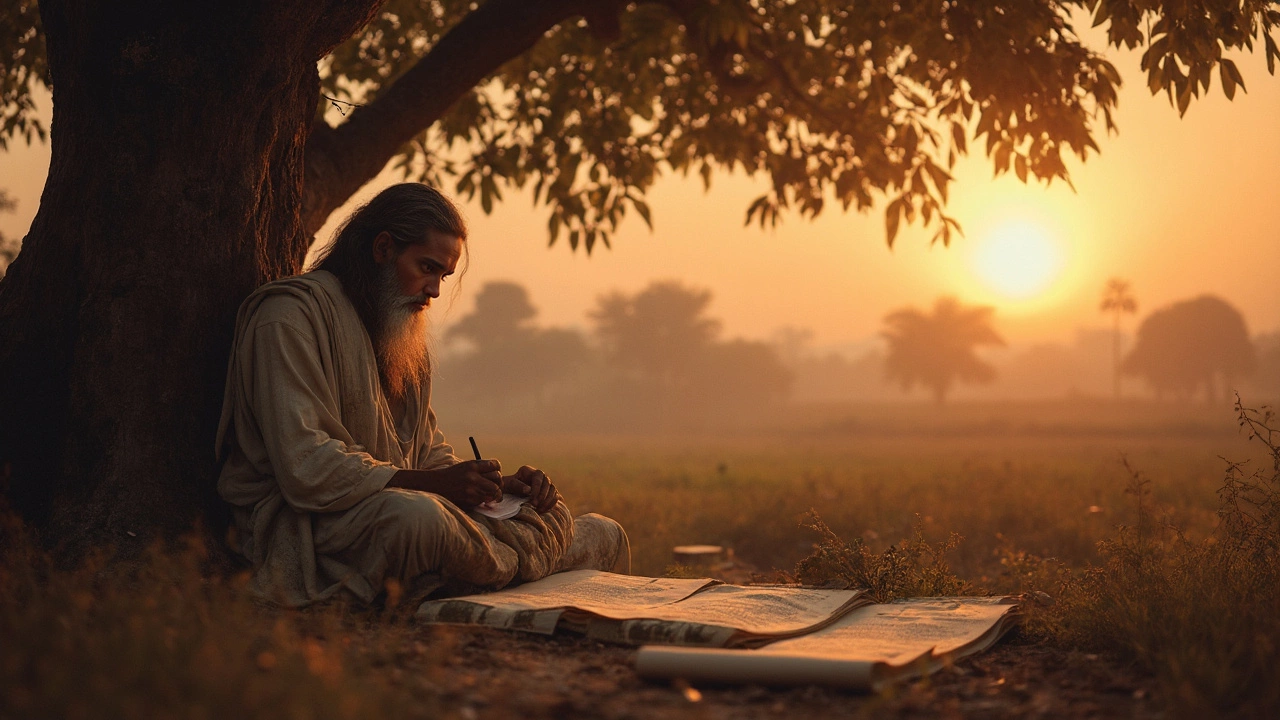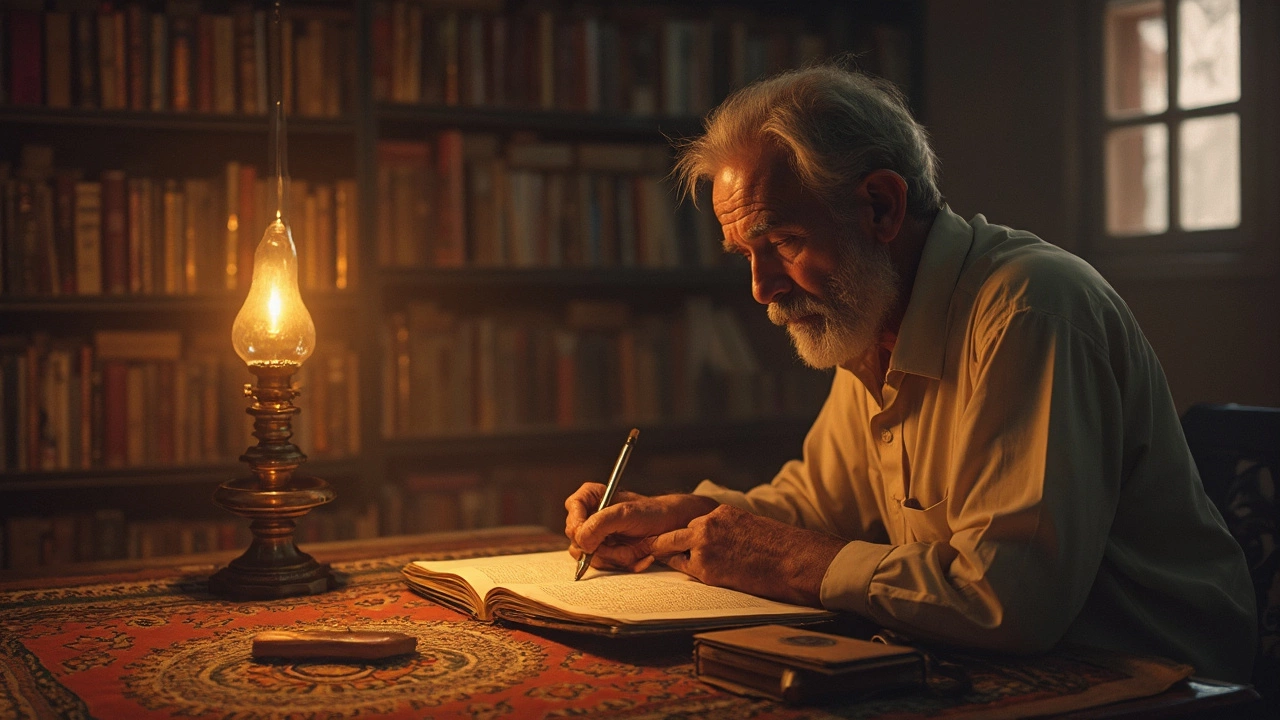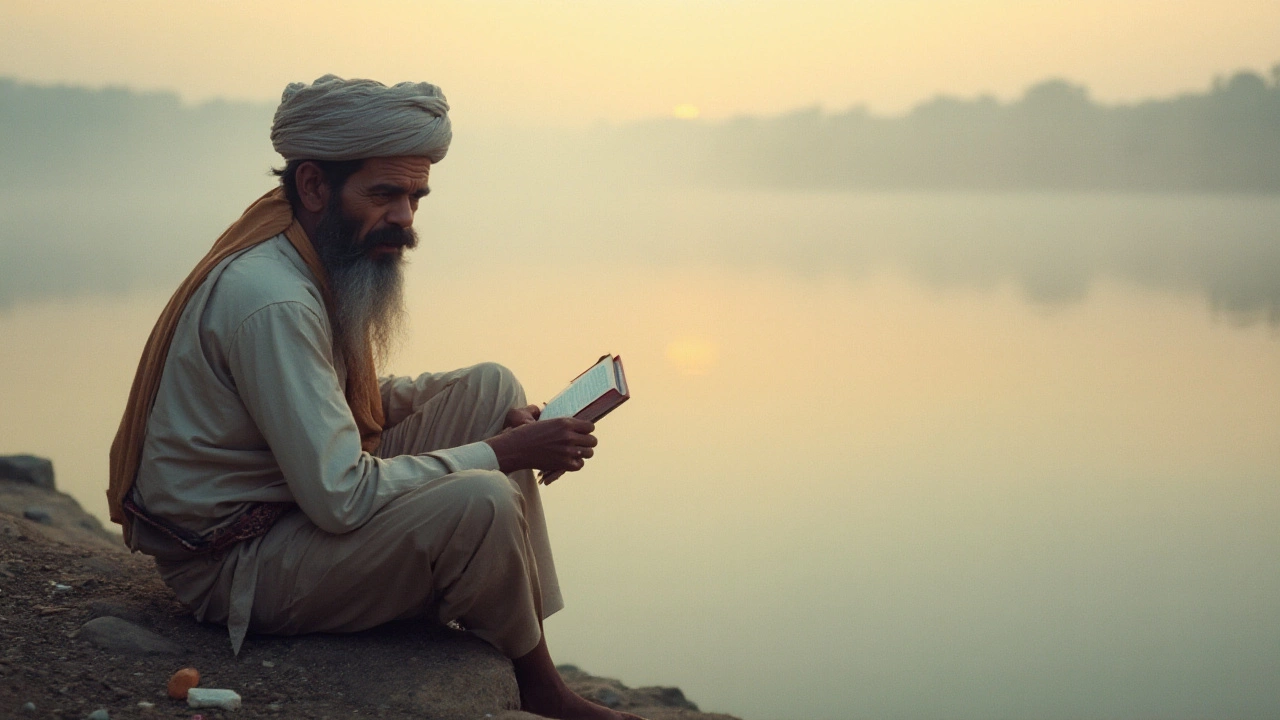Sad Poetry in India: Real‑Life Quotes, Captions, and What Makes Them Stick
If you’ve ever felt a lump in your throat while reading a verse, you’re not alone. Indian sad poetry hits a nerve because it mirrors everyday heartbreak, loneliness, and the quiet moments we keep inside. Below you’ll find quick ways to enjoy these verses, pick the right caption for a social post, and even try writing your own line.
Why We Keep Coming Back to Sad Poetry
Sad poems give us permission to feel. When a line says, “My heart is a deserted street,” it puts a name on the ache you’ve been avoiding. Research shows that naming an emotion reduces its power, so the more you read, the calmer you become. In India, this effect is amplified by a long tradition of expressing love and loss through rhyme, from classic Urdu ghazals to modern Hindi verses.
Another reason is community. Sharing a tear‑jerking couplet on Instagram or WhatsApp sparks empathy. People comment, “I felt the same,” and suddenly you’re not alone. That tiny connection is why many call melancholy addictive – it feels safe to sit with sadness when someone else is doing the same.
How to Pick the Perfect Sad Caption in Hindi
First, think about the feeling you want to capture. Is it a broken heart, a quiet regret, or the glow of nostalgia? Then choose a short line – most captions work best under 30 characters. A good example is “दिल की धड़कन थम गई” (My heart stopped beating). It’s short, vivid, and instantly relatable.
Next, match the tone of your photo. A rainy window calls for a line about tears, while a lone street scene fits a quote about emptiness. Keep the language simple; readers connect more with everyday words than with ornate poetry.
Finally, add a personal twist. Replace “you” with “I” or the name of a friend to make it yours. Instead of “तुम याद आते हो,” write “मैं आज फिर तुम्हें याद करता हूँ.” The change makes the caption feel fresh while keeping the original sentiment.
Want a quick list? Try these three Hindi captions that work for most sad posts:
- “खुशियों की रेत में मेरा रस्ता खो गया।”
- “टूटा दिल, बिखरे सपने।”
- “आँखों में अभी भी बारिश है।”
Use them as they are or tweak a word to match your mood.
Reading sad poetry doesn’t have to be a marathon. Pick one short poem each day, note the line that sticks, and think about why it resonated. Over time you’ll notice patterns – maybe you’re drawn to themes of loss, or perhaps you love the rhythm of a particular poet. Those patterns help you understand your own emotional triggers.
Ready to write your own verse? Start with a feeling, not a structure. Write a sentence that describes your mood, then add a rhyme if it feels natural. For example, “Tonight the night feels longer than my hope.” Turn it into a couplet: “Tonight the night stretches longer than my hope, / Stars whisper stories I can’t quite cope.”
Keep the language simple, focus on one image, and don’t worry about being perfect. The goal is to let the emotion flow, just like reading the famous line “बिछड़े हुए दिलों की आवाज़ों में सन्नाटा” that many Indian readers quote.
Sad poetry is more than a mood booster; it’s a bridge between your inner world and the outside. Whether you’re scrolling through quotes, looking for a caption, or trying your hand at a verse, the key is to stay honest and keep the words close to your heart.
- Arjun Bhardwaj
- 24-10-25
- Sad Poetry
Names for Melancholy Poems - Indian Sad Poetry Terms
Discover the Indian names for melancholy poems-Udasi, Shok, Virah, Karuna-plus their meanings, history, and how to find each type.
Details- Arjun Bhardwaj
- 1-08-25
- Sad Poetry
What Is the Saddest Poem by John Keats? Deep Dive, Meaning, and Legacy Explained
Explore why 'Ode on Melancholy' stands out as John Keats's saddest poem, looking at its themes, impact, background, and what makes Keats's melancholy timeless.
Details- Arjun Bhardwaj
- 18-04-25
- Sad Poetry
Why Is Melancholy Addictive? The Pull of Sad Poetry in India
Why do people keep returning to sad poetry, even when life feels heavy enough? This article digs into the oddly comforting world of melancholy, showing how it draws people in—especially in India where poetry plays a big role in expressing feelings. We break down why sadness can feel safe and even addictive, and how famous poets tap into these emotions. You'll find surprising reasons behind our attraction to melancholy, plus practical tips for keeping your mood balanced when diving into sad poems.
Details- Arjun Bhardwaj
- 14-04-25
- Sad Poetry
Beautiful Heartbreaking Quotes: Discovering Sad Poetry from India
Explore the world of sad poetry in India through beautiful yet heartbreaking quotes. This article delves into what makes a quote so impactful, shedding light on famous poets and their poignant lines. Understand how Indian culture weaves with emotions to create deep literary art. Discover the elements that contribute to a truly unforgettable quote that resonates with our hearts.
Details- Arjun Bhardwaj
- 13-04-25
- Sad Poetry
Should I Greet Him First? Understanding Emotional Dynamics in Sad Poetry
Navigating the complexities of greeting someone first, especially in the context of Indian sad poetry, involves understanding emotional dynamics deeply rooted in cultural nuances. This article delves into the hesitation often felt, exploring how this simple gesture can be laden with meaning and expectations. The interplay of ego, expectation, and emotion is examined through the lens of heartache and unspoken bonds that shape poetry. Tips and insights offer practical ways to approach this emotional dilemma, providing readers with the tools to better understand their feelings and the poetic significance behind them.
Details- Arjun Bhardwaj
- 28-03-25
- Sad Poetry
Most Iconic Sad Poetry Line in India
Exploring the iconic lines of sad poetry in India unveils the depth of emotions encapsulated in just a few words. Such lines capture sorrow, longing, and reflections that resonate universally across cultures. Understanding these poetic excerpts can offer both solace and a sense of collective understanding. This article delves into the most memorable lines, the poets behind them, and why they have left a lasting impact.
Details- Arjun Bhardwaj
- 17-03-25
- Sad Poetry
How Should I Greet Thee? Exploring Sad Poetry in India
Sad poetry in India isn't just words; it's a reflection of the soul's journey through heartache and longing. Exploring ways to express sorrow, the poetry captures deep emotions in simple yet powerful lines. It's an age-old tradition offering both comfort and catharsis to those who read. Dive into this rich literary culture to understand how it continues to resonate with people today. Learn how to craft your own poignant verses using this poetic form.
Details- Arjun Bhardwaj
- 24-02-25
- Sad Poetry
Sad Captions in Hindi: Finding the Perfect Line
Capturing the essence of melancholy in Hindi can bring comfort through expression. This article explores the use of sad Hindi lines for captions, offering insight into why they're popular, how to create one yourself, and examples from famous poets. Discover tips for translating these emotions authentically and learn how certain lines resonate across generations. You'll come away with a deeper understanding of how poetic expressions in Hindi can be both personal and universal.
Details- Arjun Bhardwaj
- 16-12-24
- Sad Poetry
Expressing Sorrow Through Poetic Indian Verses
The art of conveying sadness and melancholy in poetry is rich and nuanced, especially within the Indian context. This article explores various lyrical expressions that capture the essence of sorrow. Delving into cultural nuances and historical influences, it provides an inspiring guide on how poets can articulate sadness in a compelling way. It includes techniques, famous examples, and tips to pen down heart-touching verses.
Details